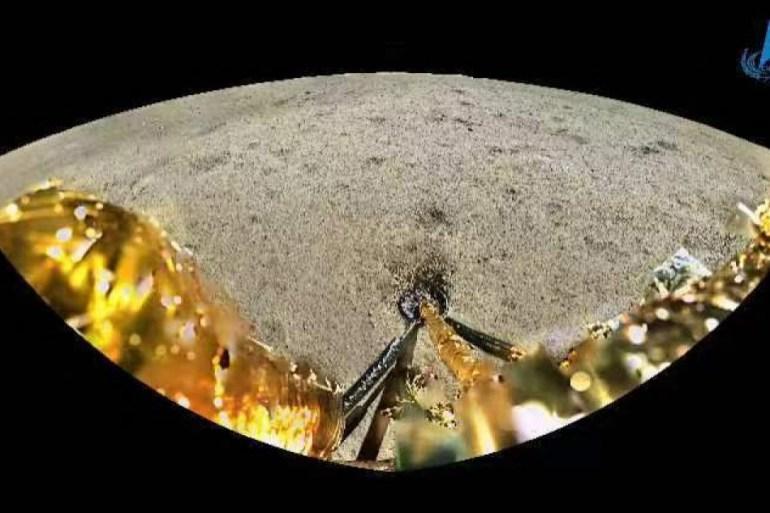Source: ALJAZEERA
ALJAZEERA MEDIA NETWORK

China's Chang'e-6 spacecraft successfully takes off from the far side of the Moon with rock samples, nearing the milestone of becoming the first nation to return samples from this lunar region.
A Chinese lunar orbiter, carrying Moon rock and soil samples, has lifted off from the Moon's surface, commencing its return journey to Earth, Chinese state media reported.
This historic feat on Tuesday is a first globally and marks a significant advancement in Beijing's long-term space ambitions, which include a crewed Moon mission by 2030.
The ascender of the Chang'e-6 spacecraft launched at 7:38am local time on Tuesday (23:38 GMT Monday) and achieved a predetermined orbit around the Moon, according to the China National Space Administration (CNSA) as cited by Xinhua News Agency.
They lauded this achievement as "an unprecedented milestone in the history of lunar exploration."
The Chang'e-6 mission initiated last month, with its lunar lander successfully landing on the Moon's far side on Sunday, utilizing a drill and robotic arm to collect surface and subsurface soil samples, reported Xinhua.
After successfully gathering samples, the probe displayed China's national flag on the Moon's far side for the first time.
CNSA confirmed that the collected samples were stored within a container inside the spacecraft's ascender as planned.
This container will be transferred to a reentry capsule, scheduled to return to a desert area in China's Inner Mongolia by approximately June 25.
Missions to the Moon's far side are complex, requiring a relay satellite for communication since it does not face Earth, and the terrain is also more rugged with fewer places to land.
According to Xinhua, the probe's landing site was the South Pole-Aitken Basin, a massive impact crater over 4 billion years old, 13km (8 miles) deep and 2,500km (1,500 miles) wide.
The mission is the sixth in China's Chang'e lunar exploration series, named after a lunar goddess, and is the second aimed at returning samples, following Chang'e-5's success from the near side in 2020.
International scientists are monitoring the return of these lunar samples, hoping they will shed light on the solar system's origins.
China's lunar program is part of its competitive drive against the United States and other countries like Japan and India in space exploration.
China has also launched its own space station, Tiangong, into orbit and sends regular missions there.
The country aims to be the second nation after the US to put a human on the Moon by 2030.
The US is also planning to send astronauts back to the Moon, with NASA aiming for a 2026 target after delaying its initial date.
Your email address will not be published. Required fields are marked *